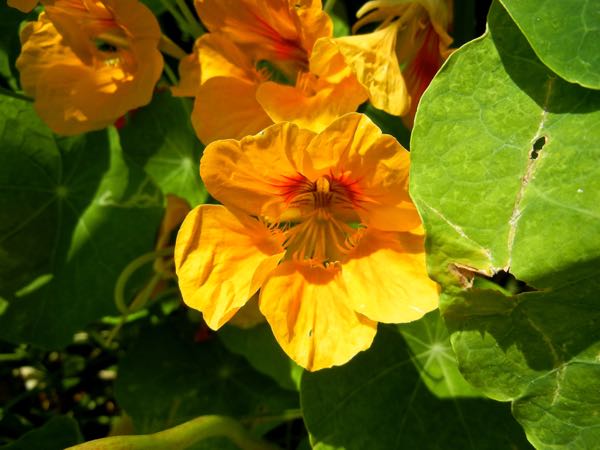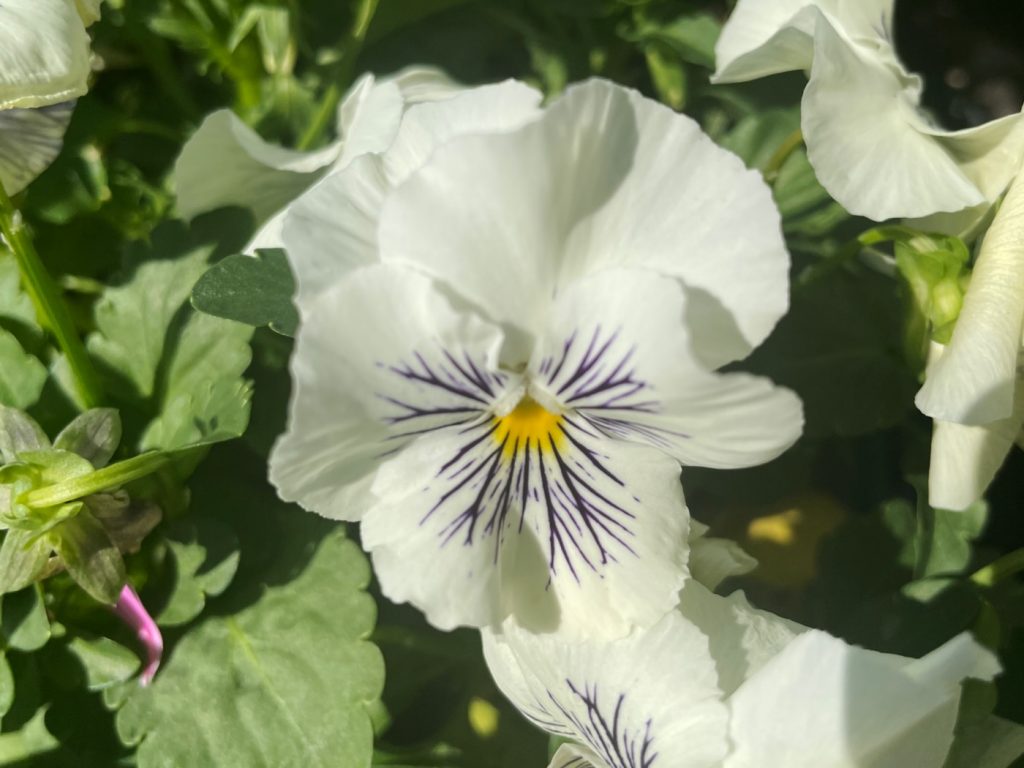Tropaeolum majus: Unveiling the Delights of Nasturtium
Introduction to Tropaeolum majus: Tropaeolum majus, an enchanting annual plant, adds a burst of color and flavor to gardens worldwide. Belonging to the Tropaeolaceae family of plants, it boasts an array of common names, including Nasturtium (meaning nose-twister), Nasturtium, Common Nasturtium, Mexican Cress, Peruvian Cress, Indian Cress, or Garden Nasturtium. Native to Central and South America, this fast and easy-grower is a popular choice for its vibrant blooms and culinary uses.
Plant Characteristics: Tropaeolum majus is a versatile plant that can function as a climber, ground cover, or small bush, adapting to various garden settings. Typically, it reaches a height of about 12 inches or 30 cm. However, when trained to climb, it can soar to impressive heights of up to 8 feet or 2.4 meters. The flowers of Tropaeolum majus are funnel-shaped and display captivating hues of bright yellow and orange. Each flower features five petals that contribute to its striking appearance. The leaves are peltate, round, and possess an almost parasol-like quality. Additionally, Tropaeolum majus carries a delightful aromatic scent, enhancing its overall charm.
Growing Requirements Tropaeolum majus:
Tropaeolum majus thrives when planted in a sunny location. While it can tolerate partial shade, ample sunlight is preferred for optimal growth and blooming. The plant adapts well to average, well-drained soil, although excessively rich soil may result in more foliage and fewer flowers. In hot climates, providing some shade can help counteract the effects of intense heat and promote a cooler environment for the plant.
Pest and Disease Management: Tropaeolum majus is generally resistant to diseases and pests, making it a low-maintenance option for gardeners. It is also known to repel deer, which can be a benefit in areas where deer are common. However, it’s important to keep an eye out for potential issues such as blackflies or caterpillars, slugs, and flea beetles. Regular inspection and prompt action can help prevent any significant damage to the plant.
Propagation Methods: Propagating Tropaeolum majus is easily accomplished through seeds. The plant produces large, black seeds that are readily identifiable. After the flowers have completed their bloom cycle, the plant forms 2 cm or 1/2-inch fruits containing the seeds. Tropaeolum majus has a tendency to self-seed, allowing for natural reseeding in the garden. To extend the flowering season, it is recommended to plant the seeds early. However, even sowing as late as May can still result in a satisfying and prolonged period of blooming.
Culinary and Edible Uses:
One of the unique characteristics of Tropaeolum majus is that all its above-ground parts are edible. The leaves and flowers have a slightly peppery taste, adding a delightful zest to salads and various culinary creations. Rich in vitamin C, Tropaeolum majus offers a nutritional boost similar to parsley. In some culinary traditions, unripe seed pods are preserved in vinegar and used as a flavorful substitute for capers, providing a unique twist to dishes.
Unveil the delights of Tropaeolum majus, the versatile Nasturtium plant, in your garden. With its vibrant colors, edible qualities, and ease of cultivation, this annual plant brings both visual and culinary pleasures to your outdoor space, making it a cherished addition for gardeners and food enthusiasts alike.





